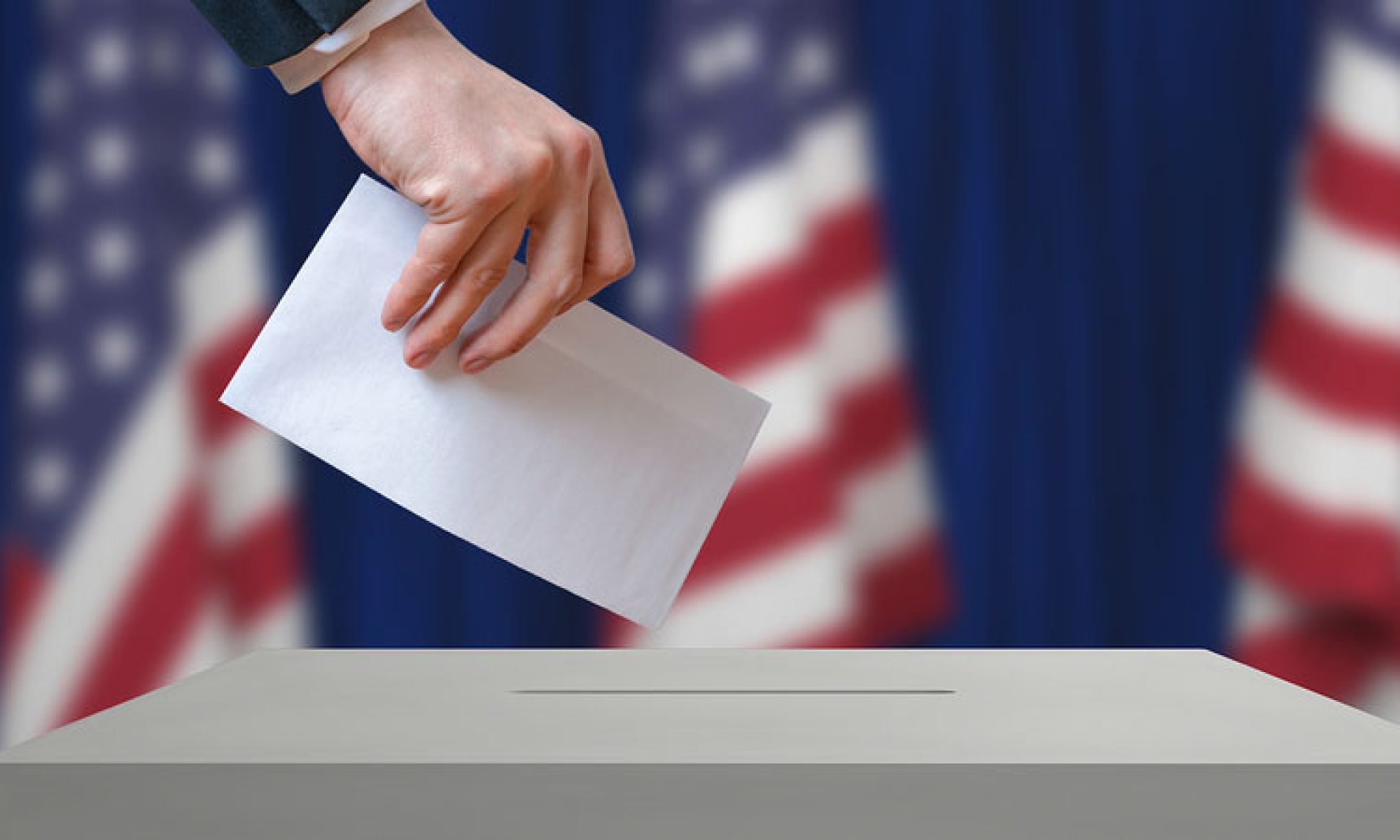2024 GENERAL ELECTIONS BALLOT MEASURES
Gun Owners of California does not weigh in on Initiatives that have no bearing on the Second Amendment. However, because we receive a significant number of inquiries with regard to California’s ballot measures, we have posted recommendations from Sam Paredes, GOC’s Executive Director. These recommendations are made on whether it expands the size of government, adds to the over-bloated bureaucracy, infringes on an individuals’ liberty, and what the cost is to taxpayers.
Additionally, we urge all voters to consider the following:
- How far in debt is the government already?
- What is the expected total cost of the measure to the public?
- Are the proposed uses for the money specified?
- Are the proposed uses justified—given other things that may be needed or desired?
- Should voters continue to finance projects through higher property taxes?
PROPOSITION 2
This bond issue would authorize the state to borrow $8.5 billion for K-12 schools and $1.5 billion for community colleges for construction and modernization.
Bottom Line: It’s $10 billion of bonds – which would incur new state debt to pay for school facilities. Would this result in higher property tax bills because school districts must provide a “local match” of funds in order to receive money from the Prop. 2 state bonds? YES. Plus, the domino effect could result in local districts issuing additional new local school bonds, which are paid for by adding new charges to property tax bills. This one’s a NO for me.
PROPOSITION 3
Proposition 3 removes language from the state Constitution that defines marriage as between a man and woman and is on the ballot because the U.S. Supreme Court held that the federal Constitution
protects the right to marry. The proponents want to enshrine it in California’s Constitution as well. This has been decided at the federal level; no recommendation.
PROPOSITION 4
Proposition 4 would authorize $10 billion in bonded indebtedness to spend on environmental and climate projects, with the largest amount, $1.9 billion, for drinking water improvements. The bond prioritizes lower-income communities. Repaying the money could cost $400 million a year over 40 years, a legislative analysis said, meaning taxpayers could spend upwards of $16 billion.
BOTTOM LINE: This is the $10 billion “climate bond” that climate activist state politicians have long planned. California already has too much bond debt, over $78 billion outstanding as of January 1. This is nothing more than continued reckless spending that is another example of what got California into the fiscal mess we are currently facing. Climate activism has also wreaked economic havoc in many communities with the imposition of extreme regulations. I’m a big NO.
PROPOSITION 5
This is a constitutional amendment and was designed to make it easier for local governments to borrow money for affordable housing and other public infrastructure projects by lowering the voter approval requirement from two-thirds to 55%.
BOTTOM LINE: It’s always a bad idea whenever the state makes it easier to raise taxes by eliminating the longstanding two-thirds vote of the electorate required to pass local bonds (borrowed money that must be repaid with interest). No one ever seems to ask “who pays for this?” Local bonds are always financed by an increase in property taxes. This shifts the burden of repayment to homeowners and businesses, leading to higher rents for tenants and higher consumer prices for everyone. Isn’t the cost of living in California high enough? I’M A NO.
PROPOSITION 6
This constitutional amendment bans mandatory work requirements for state prison inmates.
BOTTOM LINE: This would be yet another (how many more can there be??) burden on taxpayers because it would create a situation where the state would have to negotiate higher wages for inmates who are in prison, by the way, in order to pay off their societal debt by completing the term of their sentencing. This is another NO.
PROPOSITION 32
This initiative would raise the overall minimum wage from $16 an hour and adjust it for inflation; fast food workers received a $20 an hour minimum on April 1 and health care workers are scheduled to be paid $25 sometime this fall.
BOTTOM LINE: Have you ever wondered why a McDonalds burger that used to cost around $2 now costs $7? In the wise words of the Howard Jarvis Taxpayers’ Association, “The best way to raise incomes in California is to stop driving job-creating businesses out of the state or into the ground.” Raising the minimum wage is counter-pr oductive. It also increases the state’s expenses by raisinggovernment labor costs. It’s a NO.
PROPOSITION 33
This is the latest attempt to roll back a state law that generally prevents cities and counties from limiting rents on properties first occupied after Feb. 1, 1995.
BOTTOM LINE: We’ve all seen this before Many times. Rent control dramatically reduces the number of rental units, so it’s counterproductive. This particular proposition seeks to repeal the 1995 law (Costa-Hawkins Rental Housing Act), which put limits on rent control laws to ensure that housing providers could make a fair return on their investment and stay in business. Prop 33 would eliminate a reasonable law and replace it with something extreme. It even goes after single family home rentals. I’m singing the same song with another NO.
PROPOSITION 34
Requires certain health care providers to spend 98% of revenues from federal discount prescription drug program on direct patient care. Authorizes statewide negotiation of Medi-Cal drug prices.
BOTTOM LINE: Unfortunately, some nonprofit healthcare organizations that receive federal funds to provide health care services have spent significant amounts of money on political engagement; this is an abuse of the system, and this proposition seems entirely reasonable to require the majority of the federal funds they receive to go directly for caring for patients. I’m voting YES.
PROPOSITION 35
This initiative makes permanent the existing tax on managed health care insurance plans, which, if approved by the federal government, provides revenues to pay for Medi-Cal health care services. It also prevents the state from redirecting funds for non-healthcare purposes, such as closing the gap in the state budget.
BOTTOM LINE: I don’t like the state legislature taking money from one pot to fill another, but more taxes on industry creates an ultimate burden on the public. I’m a NO.
PROPOSITION 36
This is likely the most significant proposal on the initiative ballot. It makes hugely important changes to Proposition 47 (2014), which reduced a number of theft and drug felonies to misdemeanors, and is one of the chief reasons our urban areas have endured “smash and grabs.” This has resulted in traumatized neighborhoods, and overwhelmed law enforcement. Proposition 36 would establish tougher third offenses and also provides drug and mental health treatment as alternative penalties. Governor Newsom has been a vocal opponent, which is reason enough to support it.
BOTTOM LINE: 2014’s Prop 47 has created a world of hurt for our first responders, law enforcement, business owners, taxpayers. Prop 36 is a good start in turning this era of lawlessness around. I am a strong YES.

